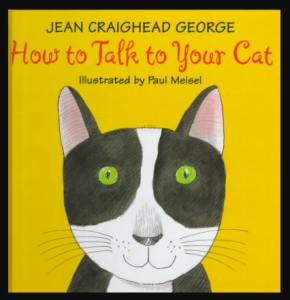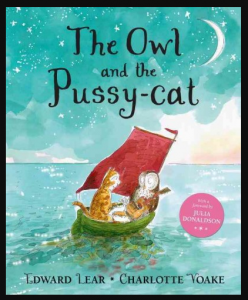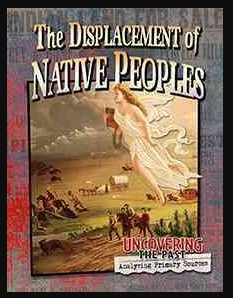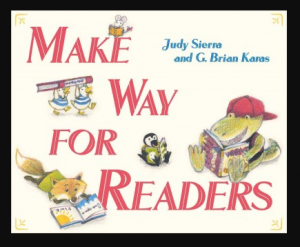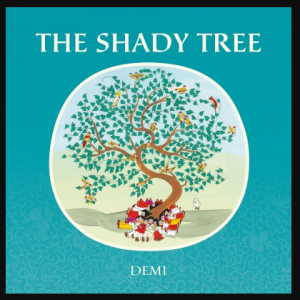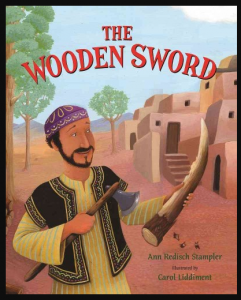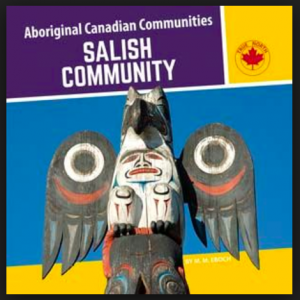
Eboch, M.M. Salish Community. Collingwood, Ont.: Beech Street Books, 2017.
A 24-page large print book describing the life of B.C’s and Washington State’s Salish people in the past and today. A map, glossary, index, and list of suggested books and websites is included. The four short chapters and full-page coloured photographs will appeal to young readers learning how to do research projects or seeking to expand their general knowledge. While the tone of the writing sometimes minimizes controversial issues, this well-designed book is nevertheless recommended for readers 7 to 10 years old. (It could also be used with older students to analyze how style affects the tone of writing.)
Other books in the series include Cree Community, Huron-Wendat Community, Iroquois Community, Metis Community, and Ojibwe Community.
More aboriginal books HERE.
